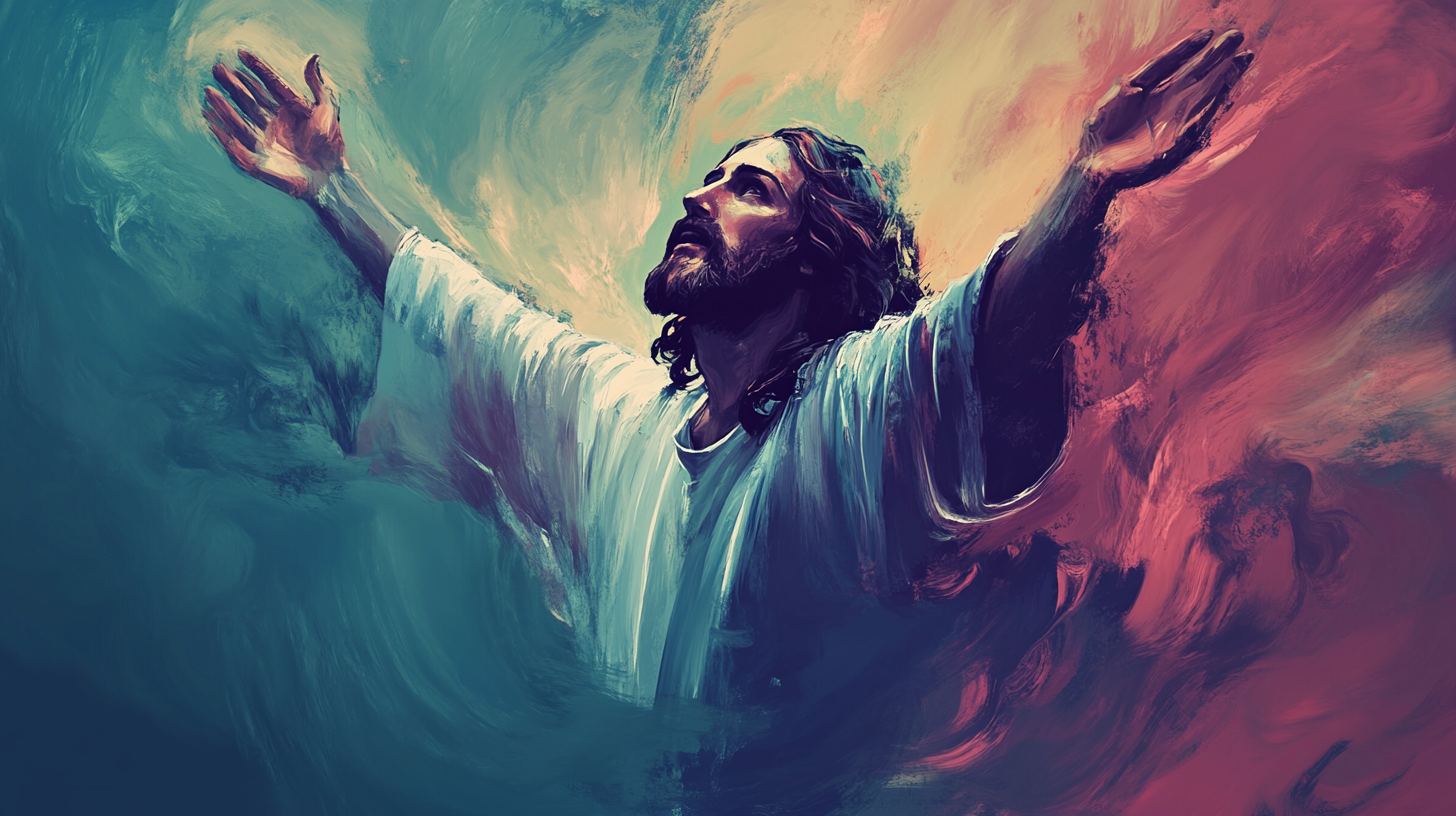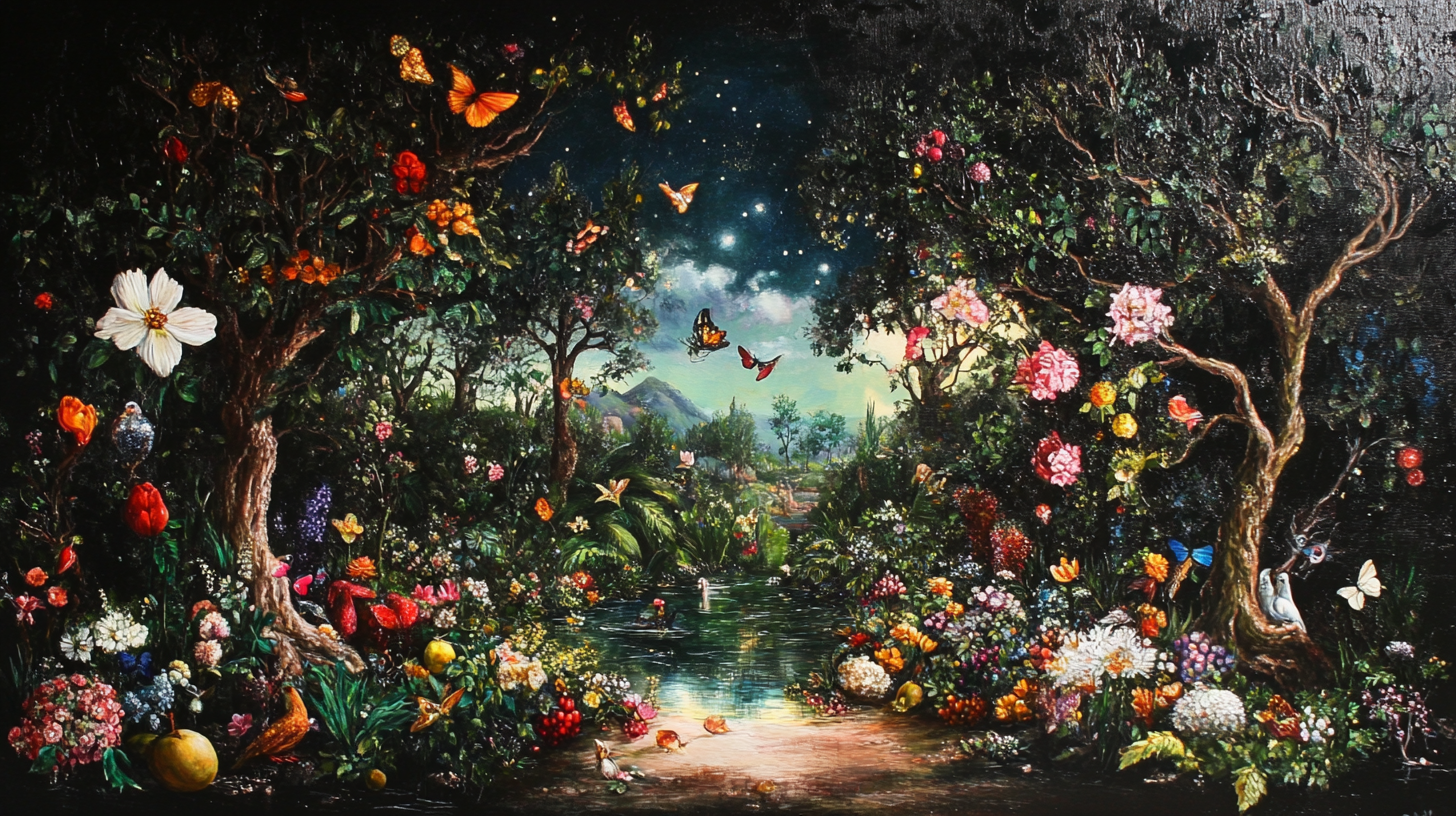Last week, we came face to face with a foundational insight: Adam was never meant to be the end of the story. He was a shadow. A figure. A type. This week, we continue that line of thought—not as mere speculation, but as a journey deeper into Scripture’s divine architecture.
If you’ve ever felt like something didn’t quite line up in Genesis, you’re not wrong. There are two creation accounts in the first three chapters. And they’re not in conflict—they’re in concert. They reveal something extraordinary when read side by side. Something about the nature of God, the purpose of man, and the destiny that’s been waiting all along.
Not Just a Garden Story
Let’s be clear about one thing: Genesis is not a simple record of historical beginnings. It is a sacred pattern. A theological blueprint. When God formed Adam, He was doing more than beginning humanity—He was declaring something far greater about the end.
This is why Paul calls Adam a “figure of Him who was to come” in Romans 5. Adam wasn’t just the first man—he was a prototype of Christ. But not in the way you might think. Adam’s formation from the dust, his placement in the garden, even his failure—each part points forward.
And yet, there’s something even more startling: some things spoken about Adam never actually happened in the garden.
Speaking What Is Not As Though It Were
God, in His omniscience, often speaks of things not yet done as though they already are. Romans 4:17 declares it plainly: He “calls those things which be not as though they were.” This is not poetic exaggeration—it’s a divine prerogative.
This means when God created Adam in His image, it wasn’t a statement of present condition—it was a prophetic declaration. Because only one Man would fully bear that image: Christ.
That changes how we read Genesis 1:27. “God created man in His own image” becomes less a biological event and more a messianic prophecy. It speaks of what was to come, not what had yet been.
Reading the Two Creations as One Narrative
Genesis 1 gives us the overview—the prophetic vision.
Genesis 2 gives us the detail—the historical reality.
Together, they frame a beautiful mystery. The man formed in Genesis 2 is not the same as the man declared in Genesis 1. The first is dust and breath—a living soul. The second is spirit and glory—a life-giving spirit.
This distinction is crucial. The first Adam is earthly. The last Adam is heavenly. One precedes the fall. The other restores after it. This was God’s plan from the beginning—to use the shadow of the first to point to the substance of the second.
Paradise Lost—or Paradise Foreshadowed?
We often call Eden “Paradise Lost,” but perhaps it’s more accurate to call it “Paradise Foreshadowed.” What was offered to Adam—a life in communion with God—was never fully realized. He was barred from the garden before the promise could unfold.
And yet, that promise was never canceled. It was postponed. God’s desire to dwell with man never changed. His plan was never thwarted.
Revelation 21 echoes Eden: God with man. No more separation. No more distance. Just presence, peace, and permanence. The tabernacle of God with men. The same goal, now fully fulfilled.
Action Steps for the Eager Heart
I encourage you this week to read Genesis 1–3 and Romans 5 together. Look for the layers. See how the language shifts between declaration and formation. Ask yourself what it means that Adam was a figure—not the fulfillment.
Then read 1 Corinthians 15:45–49. Let Paul’s words expand your understanding of the two Adams. Notice how clearly he draws the distinction. This is the lens we need.
Also, take time to journal your thoughts. What questions are coming up for you? Where do you see the patterns repeating? And perhaps most importantly: how does this change your understanding of your own life in Christ?
Where We’re Headed Next
Next time, we’re going to zero in on the implications of this dual creation. We’ll explore how Christ fulfills what Adam could not. We’ll look at the “new man” in Paul’s writings and see what it really means to be made new.
This isn’t just about better theology—it’s about a clearer identity. Knowing who Christ is reveals who we are. And when you see that, everything else begins to make sense.
So stay close. Subscribe at Rodney.fm if you haven’t yet. Invite someone to join you on this journey. These truths were never meant to be hoarded. They were meant to be shared.
Read the next article here: https://rodney.fm/christ-the-fulfillment-beyond-the-garden/
Grace and peace,
– Rodney



